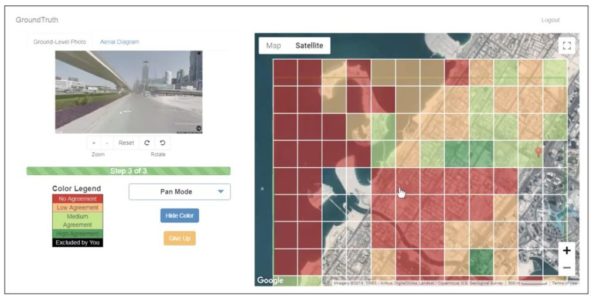Editor’s Note: Sponsored by Monday Properties and written by ARLnow.com, Startup Monday is a weekly column that profiles Arlington-based startups and their founders, plus other local technology happenings. The Ground Floor, Monday’s office space for young companies in Rosslyn, is now open. The Metro-accessible space features a 5,000-square-foot common area that includes a kitchen, lounge area, collaborative meeting spaces, and a stage for formal presentations.
 Kurt Luther, an assistant professor of history and computer science at Virginia Tech, is well acquainted with the capabilities of artificial intelligence technology, recently launching an AI program used to rediscover lost identities in Civil War photographs.
Kurt Luther, an assistant professor of history and computer science at Virginia Tech, is well acquainted with the capabilities of artificial intelligence technology, recently launching an AI program used to rediscover lost identities in Civil War photographs.
Now, based out of the Virginia Tech Research Center (900 N. Glebe Road), Luther has moved onto his next project: GroundTruth.
Lead by Luther and Virginia Tech PhD student Sukrit Venkatagiri, the National Science Foundation-funded project utilizes AI software to narrow down the geolocation of any photograph, taken anywhere in the world.
During a presentation at the Virginia Tech Research Center on “The Future of AI and What it Means for Humans,” Luther showcased how his group of 11 expert researchers, along with 567 crowdsource workers, used GroundTruth to narrow down a framed shot taken from a video of a terrorist organization to its location with 98% accuracy.
“We’re in our third phase now,” Luther said, “Where we’re asking investigators, like journalists, to use the software for their real work to see how well it works in the wild, if you will.”
On November 11, Kurt and Venkatagiri will present the software at the Computer-Supported Cooperative Work (CSCW) 2019 conference in Austin, Texas.
Once finalized, Luther hopes the software will not only be used by investigative journalists, but by professionals in law enforcement and national security.
“In those cases, the time pressures are similar, and the stakes are potentially even higher, so it’s extra important we get it right and through our studies with journalists, we’re learning,” he said.



